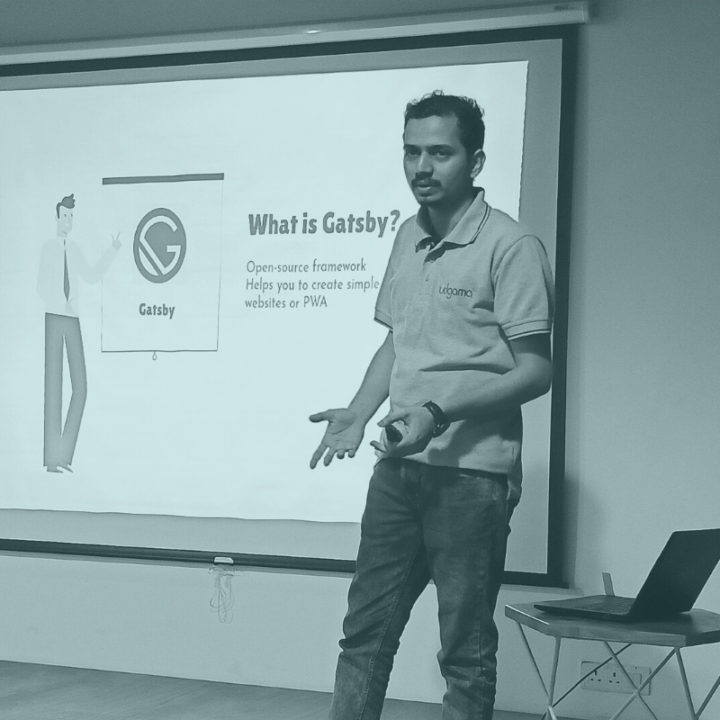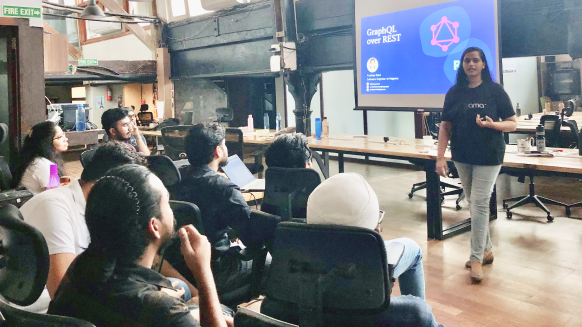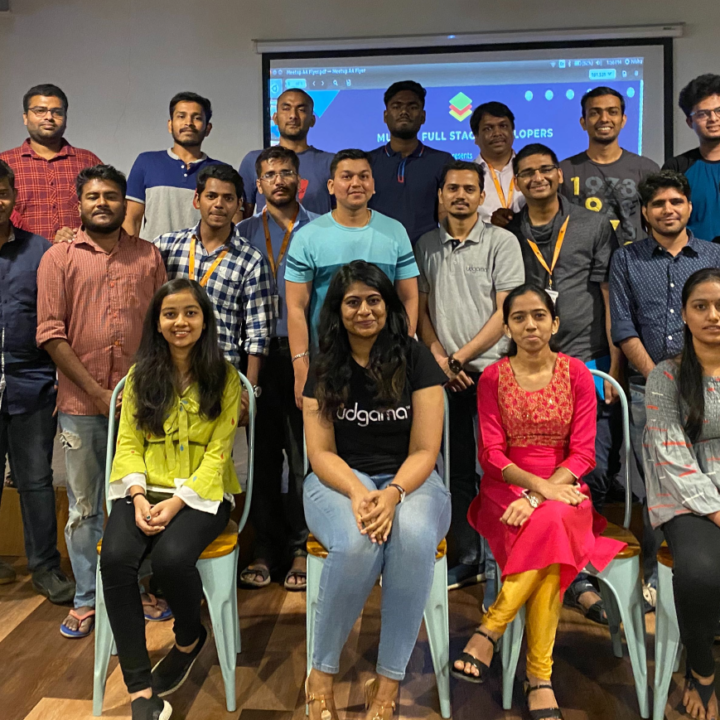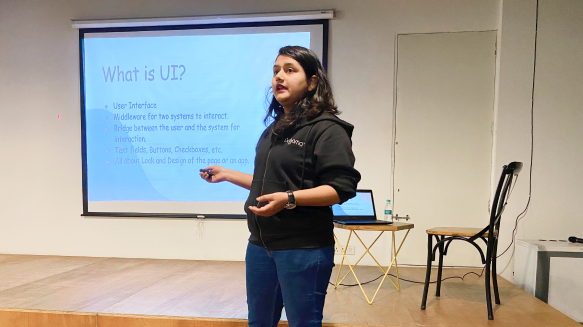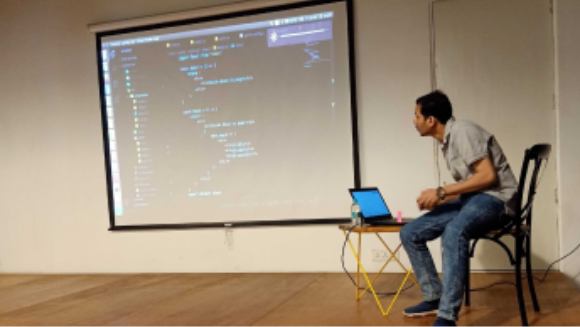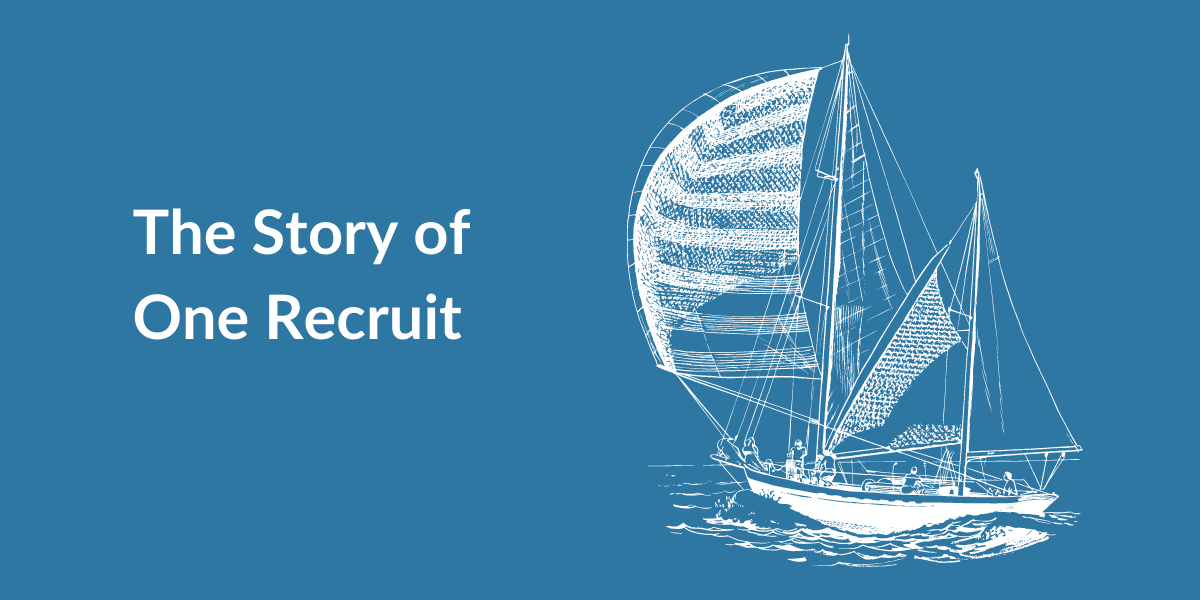Hackathon Chronicle 2: Smooth seas don’t make skillful sailors.
A month ago, if someone would walk up to me and ask, “Can you build a functional app in 15 days?”, I wouldn’t have thought twice before saying, “No, that’s practically impossible.”
Today, my answer, however, would be different. I’d rather say, “With the right set of people by my side, of course, I can.”
When the Hackathon was announced, I couldn’t imagine being able to deliver an app that’s up and running in 15 days. Yet, as the captain of the team, I had to lay my apprehensions aside and work on the best possible outcome we can pull of in the duration given.
The first task at hand was to figure out what we were going to make–and more importantly, what problem would we be solving. We had four choices:
- A Dine-In Ordering App: You could go to a restaurant, order from the app, and get food served–reducing human contact there.
- Designer Collaboration Platform: A complete platform where designers can showcase their work and skillset. Not just that they can also collaborate and communicate as a part of the designer community.
- A Local Business Search Engine: A tool that’d list call types of local businesses near you–promoting the vocal for local campaign.
- A Recruitment Portal: One that connects candidates and recruiters by matching preferences and likes that is open to all, with no biases, premium accounts, or selection criteria.
After much deliberation, we went ahead with the recruitment portal–because it had the strongest story to inspire us.
The Why
Have you heard of the famous Jobs–Sculley story? Let me quickly lay it out for you. Back in the 1980s, the Apple Co-founder, Steve Jobs was busy reach out to John Sculley, the CEO of Pepsi at the time. Jobs knew he was fit for the role and met Sculley almost every weekend for 5 months trying to bring him on to the other side.
When Sculley was about to say no to offer, Steve Jobs made the legendary statement, “You want to sell sugar water for the rest of your life, or do you want to come with me and change the world?”
John Sculley joined Apple as the CEO in April 1983 and for the ten years that he served there–Apple’s revenues went from $569 million to $8.3 billion. An expert marketer that he was, Scully was the one who mass-marketed Macintosh personal computers.
The stint at Apple continues to be one of his most memorable positions and has taken him to unmatched heights. Today, he has invested in several high-tech startups, writes and speaks about disruptive marketing strategies, and is the Chairman of PeopleTicker and SkillsVillage.
That’s the power of a solid match. It turns the company and the person around–for good. With the aim to match the right talent with the right opportunities out there–we began building One Recruit, our Recruitment App.
Bringing Together One Recruit
Our team had Mandar–the knowledgeable senior, Shreya–the go-getter, Praneeta–the proactive new learner, and me–Aniket, the operator. For our techstack, we had chosen React Native for frontend, Apollo Client and Fetch for API calls, Hasura and Heroku for deploying GraphQL APIs, and AWS Cognito for user authentication.
The concept for One Recruit was to allow recruiters to post applications and include preferences for necessary skills needed for the positions in them. They could then take the opportunity live, get applications, and approve deny them on the go. They could also search candidates for each opportunity as well as view them all together. Not just that, they could directly contact them via SMS.
On the other hand, candidates could apply to opportunities, search opportunities based on company names, and also find opportunities specific to their skill preferences. At the same time, keep track of the opportunities they’ve applied to, and their status–pending, rejected, or accepted and filter them accordingly.
https://youtube.com/watch?v=jgDvExLB44k%3Ffeature%3Doembed
To pull this off, clearly, we had to divide the work. Mandar took the charge of developing the frontend, I took up the backend and notifications, Praneeta was taking care of the UI, and Shreya took charge of getting the SMS functionality up and running while working on the UI too.
The (Not-So) Smooth Seas
While building the app, we had several instances where we had to make a judgment call, more often than not, that meant choosing between getting things done or getting things done right. The latter wasn’t an easy choice–but we often rooted out decisions to two things:
- What would make the user experience better?
- What would give us more learning?
Keep those as our decision-drivers, usually made our choice easier. For instance, when we had to choose between using pre-built UI login from AWS Amplify UI and designing them ourselves, Mandar went ahead and prepared the screens–because we thought we could enhance the experience with better functionality for our users.
Similarly, while we already had app notifications–we knew that some users, especially recruiters might prefer SMS functionality. So, even though implementing that was a totally new skill, Shreya took charge and got it right–because it meant we’d learn something new.
The Ship Was Finally Ashore
Yes, we did choose some courses that had more tides, but the more we worked on, the better we got at actually delivering an end-to-end app. So much so, that I, who couldn’t imagine finishing up the app in 15 days was able to spare time out and prepare an intro video for the app as well.
That’s not all, the deeper we went into the functionalities of the app–the more ways we were able to find to do things in a better way. UI designs, logos, setting up APIs–we were able to pull it off in a much shorter time than we had ever before.
Well, the hackathon taught me that growth always begins outside the comfort zone.
Team Udgama

